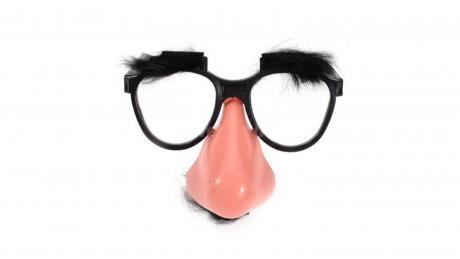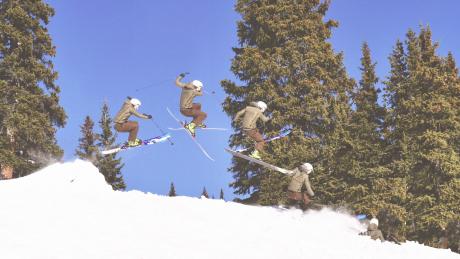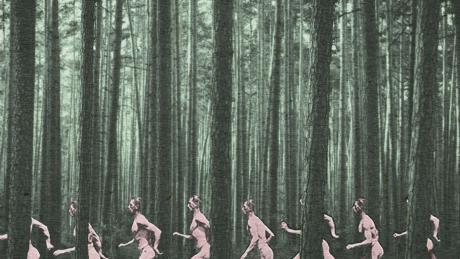
And Sons Gear Guide Vol 1 (or 2): The Material Life Starter Kit
And Sons Gear Guide Vol 1 (or 2): The Material Life Starter Kit
Several years ago I got interested in drop forging. It’s richly sensuous. Somebody heats a bit of steel until the whole molten things glows like a lightning bug. Its sheen is so intense the metal achieves a halo and illuminates several inches of workspace. Obviously the metal is like the sun, then the steel is smashed, turned, smashed, put in a mold called a die, and further smashed. When the molten thing cools, anything could be there—a winch or pulley hardware or anything.
This’d be a fine metaphor for the human soul or for creative work, but it’s not a metaphor here—I’m talking about drop-forged axe heads, and Husqvarna’s, specifically. The axe is a wonderful thing. It has a long flattish blade and a deep beard, so you can get your hand right up in the heart of the axe head. It’s not a splitting or a chopping axe; it’s for finer work, like hewing rough timbers or cutting primitive joints. I don’t do those things, but I’d like to.
And so here’s the thing:
Magazines put out gear guides annually, and even if I don’t do the things subscribers are supposed to do—race motorcycles, for example—I ogle those guides with everybody else, giving in somewhat to the visceral allure of down jackets, headlamps, and leather gloves. Actually, gear guides of the outdoor sort are regularly the bestselling issues of leading magazines, though no one buys a new sleeping bag every year, and few people have slush cash for a ski coat. The problem is twofold—it’s not just that I don’t have stacks of gold coins to swap for Aether motorcycle coats. There’s the problem of buying things itself. Shopping isn’t a spiritual discipline that I know of. And then there’s maturity. It’s easier to buy a lightweight running jacket than to become an accomplished runner or to become someone who’s demonstrated he likes running across a decade or more. So gear is the sugar rush of adventure culture.
But.
I like it. To the point I’ll go in the garage sometimes and admire camping gear in bins, like a penitent come to witness the relic bones of a saint, and even though I don’t think buying things is a good pastime and understand just looking at things is addictive, what follows is the first, maybe second ever, And Sons gear guide, a limited list of things none of us got for Christmas. But if we did have to pick rad stuff that might influence a person’s life in a positive way, a kind of starter kit for the material life, we’d pick some of the stuff here.
Tools
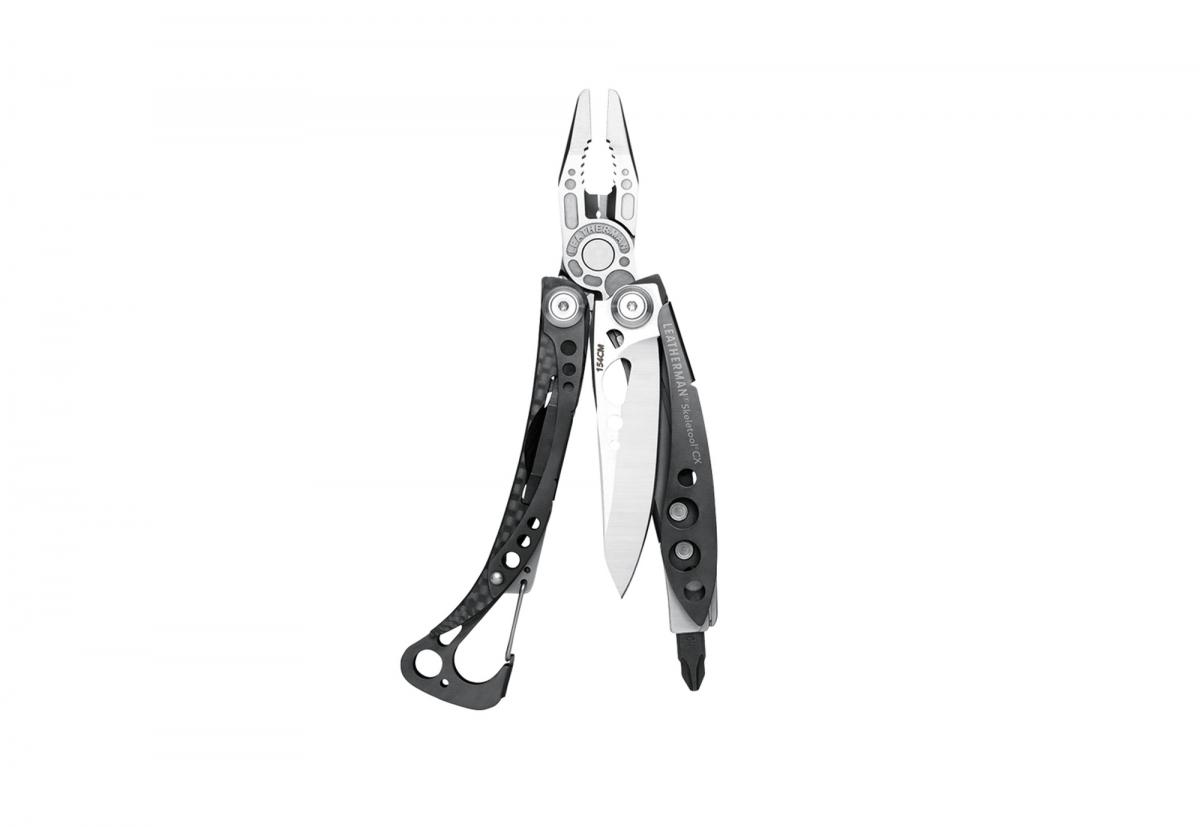
The Leatherman Skeletool
I sometimes keep a couple bucks in my car for park entry fees or lemonade stands or stuff like that. Anyway, my car was broken into recently and the perp made off with the cash but—and here’s the point—left my multitool on the passenger seat of the car. I took it as an indication of the bad judgment that made our man into a burglar in the first place. What’s two dollars going to get you that you couldn’t make or do with a multitool? But the reason I’ve chosen this here chap is I don’t like multitools that do too many things. Silly, sure, but when’s the last time you pulled over backpacking and thought, I need to file my nails, I think I’ll use a nail file today. I think multitools are pliers with knives in the handle (an argument can be made for the addition of a saw but not for scissors or can openers) but, as a perk, this guy has a screwdriver that sits in the handle, so you don’t have to fold out and fiddle with a quarter-inch joke of a tool, and a bottle opener in the clip. That’s just good sense.

This work sharp system
I’m assuming everybody owns a slew of pocket knives and follows the survival maxim “Two is one and one is none,” only in every location—your glove box, your backpack, your desk at home. That established, the edge is everything. For a long time I hacked at tomatoes with a dull knife, which is like trimming turkey with a horseshoe. Also I blunted my pocket knife. All the time the fact remained: sharp tools are safe tools, and they’re also effective tools. This work sharp system is a revelation. By building the blade in stages on a variety of surfaces, at a specific angle, you end up with a superior taper and an incredible edge, and it works on anything: kitchen cleavers and army knives and camping tools.

The Husqvarna Carpenter’s Axe (Fiskars axes are a close second, though preferable for larger work)
Confession: I talked about this one already and actually do own one, so that’s two fouls. Nonetheless, after a pocketknife, a carpenter’s axe is probably the coolest, most adaptable piece of general equipment you can toss in your truck (or in my case, your oldish CRV). But anyway, a good carpenter’s axe is a knife tied on a hammer—the Husqvarna axe isn’t crazy pricey and has a superb shaft design, canting ever so slightly so that, wherever you hold the axe, you have an experience of balance. A carpenter’s axe is bigger than a hatchet, with a larger blade, and though it’s usable for all the same tasks, a carpenter’s axe is generally a superior instrument. Bearded Appalachian sages can carve kitchen tools with one; I’m content to gather deadwood camping or trim the odd tree the wind knocks down.
Wearables
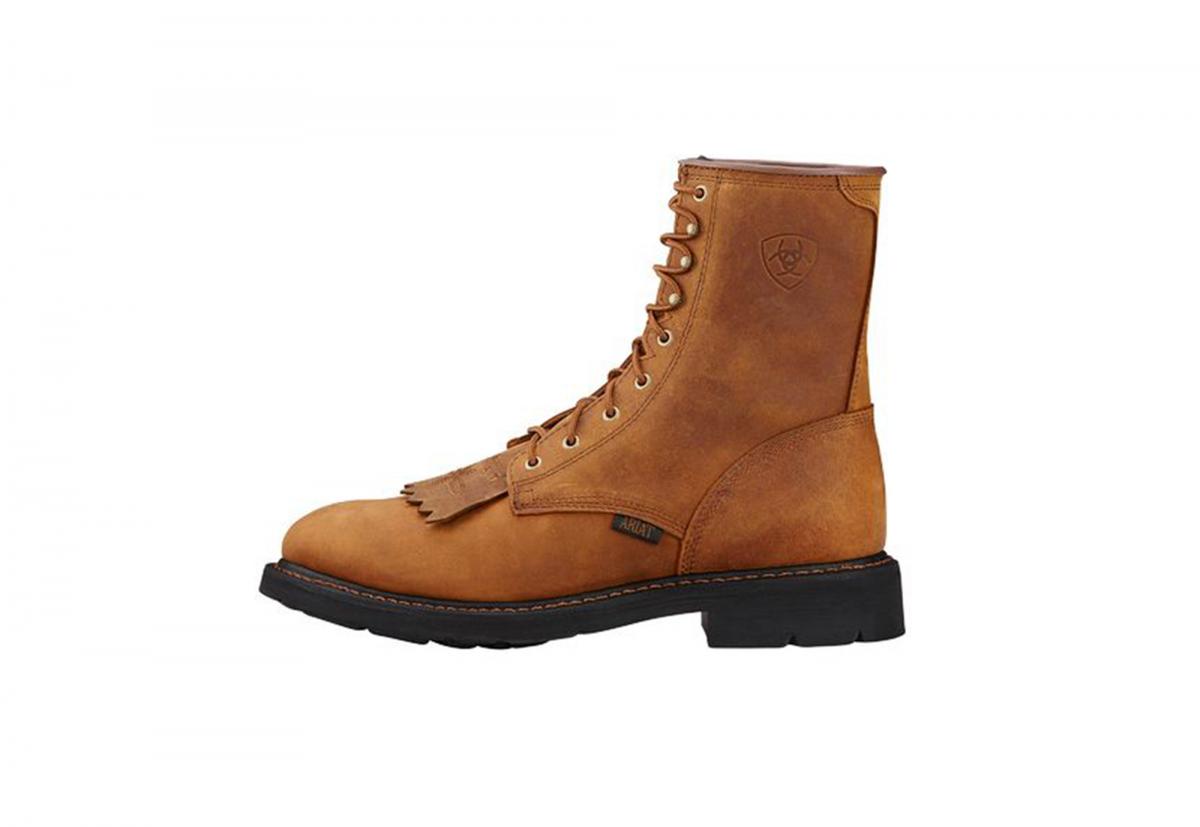
Ariat Cascade 8” (or Workhog 8” CT)
Boots? Why cowboy boots? Well. For a while I worked a side hustle on history and the design of stuff we wear, and though nothing came of it, I pocketed a major takeaway: style emerged as people who didn’t work tried to look more like or less like people who did. When I lived in Vancouver, I met the boot culture that is the kissing cousin of sneaker culture and saw, with a little effort, that the system of style and timelessness could be circumvented by looking at what people who worked wore and wearing that. Because most people live on the world, like figures on a wedding cake, rather than, you know, in it. So these are great enduring boots because they’re the work boots that flashy boots imitate, only these last. But there’s also a lesson here. Ex. Need to be a one-jacket person? Check out what people/soldiers wore across time. *Cough field jackets. Picking a flannel pattern? Well. Given that Welsh farmers came up with it, subtle wool flannels seem to work just fine, forever. One thing: this principle doesn’t really apply for the infinite game of competitive nuance that is business dress. But it does help.
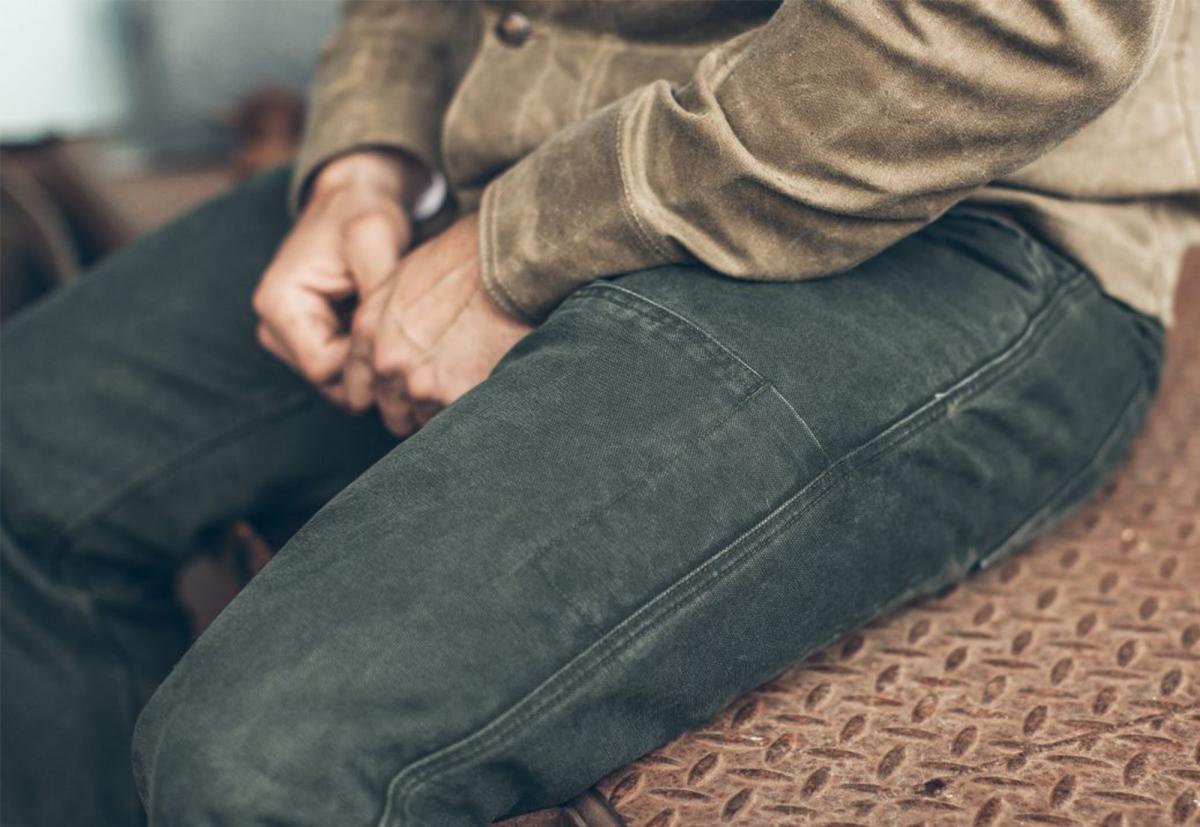
The Taylor Stitch Chore Pant
More on the clothes thing: it’s a point of pride to wear out pants. Afflicted with that pride, I’ve got a private quest to find indestructible bottoms. For a long time, this meant buying tough ratty pants from thrift stores, but eventually I discovered a problem, that is, looking presentable. At least, looking presentable in situations where it’s an absolutely necessary concession to civilization. I’d wear Carhartts, but, though tough, it’s well known those pants are tailored to fit human-sized gingerbread men. Mountain Khakis has made forays into this territory but are styled—I say this delicately—for a certain age of man. Patagonia makes workwear, supposedly, but I don’t want to be laughed at at work for wearing Patagonia. What about the rest of us? Well, one option is this cool Bay Area brand for bourgeois outdoors people. I don’t know about the rest of their stuff, but it’s a slightly more tapered work pant—so it doesn’t offend anybody at church—that still endures abuse (yup—I own these, too).
Writables
Shinola Detroit journals
I’m always on the lookout for good unlined journals that aren’t Moleskine journals. This is because I went to a poet’s lecture once and the poet was a narcissist and said he only ever wrote in Moleskines (he’s the president of a major poetry association). He liked the paper texture or whatever. I felt like I had to give up liking poetry or write in other notebooks. But even if he hadn’t said that, and even if Moleskines weren’t the preferred instrument of hardscrabble artists, I’d still swap journals, because the Shenandoah notebook has better paper, a thicker cover, unique dimensions, and isn’t used by that particular slam poet.

Logitech Keys-To-Go Ultra-Portable Stand-Alone Keyboard
This sort of came on my radar when I became really committed to not getting arthritis but still lived in the modern world. Also, this thing happens: I’ll be out without a pencil or anything and have a really good writing idea. Or I'll remember I need to draft long emails. Or long texts, which, though oxymoronic, do happen. Anyway, I dug around thinking someone must have solved this issue. It turned out they had. Toss a tiny bluetooth keyboard in your car, and you’ve got an emergency writing kit only somewhat more complicated than a pencil and an old vehicle registration card. Like traveling? Ditch the laptop, but don’t abuse your thumbs. Phone + little bluetooth keyboard = little creative station. Just don’t use it to Facebook while you’re in Spain or whatever.
Misc.

Marshall Acton Bluetooth Speaker
The Luddite in me shudders, and it’s on the pricey side, but here’s why it’s here—this isn’t a replacement for reasonable speakers, this isn’t your home audio system. This is a really nice looking bluetooth speaker to play podcasts in your kitchen and especially to solve that lame situation: somebody wants to share a good song and no one has a system. So you go, No—wait, let me turn the volume all the way up on my computer, that’ll convey the mood of the song. Only it won’t. I don’t own this or any other bluetooth speaker, but I do have this problem, often, and when I get sick of sharing fresh tracks on my phone, I’m going to do something about it.

Iron & Air Magazine
After this here magazine, Iron & Air is sort of self-justifyingly cool and wildly inspiring.

North Face Base Camp Duffel
I like to think that when this duffel bag came out, the other duffel bags pinned photos of it to their wall while they did sit-ups in the morning and dreamed of being bigger.

Vargo Hexagon Wood Stove
Some years back, I noticed an outdoor movement to exchange gas fuels for wood. I guess that was considered an innovation, rather than a return to a wood-burning tradition tracing to wood hawks killed for jacking Kiowa (among other tribes’) wood. So I ignored the movement, assuming that, if I didn’t have a gas stove, I could always make like a person and build a fire in a rock ring. Still, it’s true—cooking on a rock ring is tough. It falls over, for one thing, and it’s hard to balance a pot on native stone. In steps this compact, collapsible, titanium bad boy. The point is simple: it’s a tiny fire pit in which you burn twigs. But it’s light, contained, and a really cool design. Taken together, that makes this guy a worthy addition to any trunk camping kit.
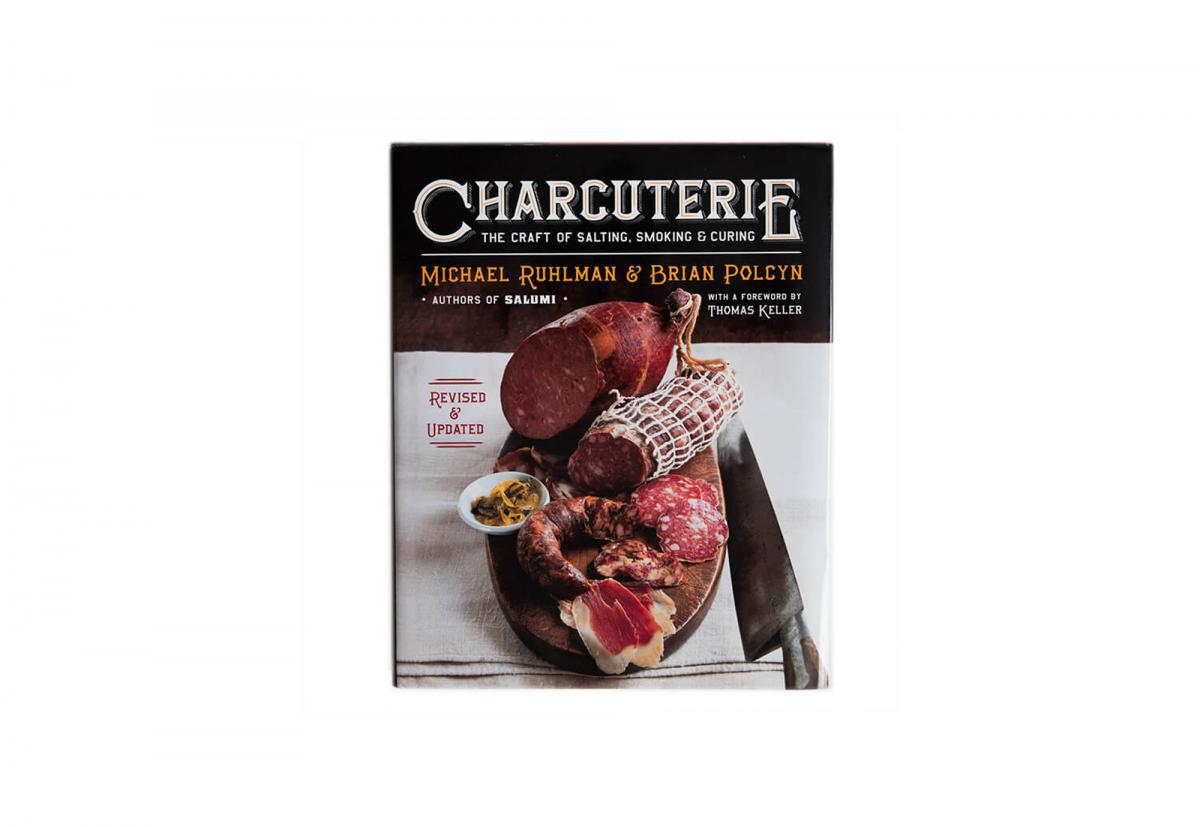
Brian Polcyn and Michael Ruhlman’s book, Charcuterie
Before Thanksgiving, I had an idea: I’d make a venison ham, in an effort to elbow out the turkey for main course first place. I don’t like turkey, but anyway, after I’d made a brine of salt, brown sugar, and citrus, I immersed two venison sirloin rounds three days before slowly smoking them over cherry wood. The results were superlative, but the best part was I’d stumbled into charcuterie, a fact I realized when my brother-in-law sent me the above book three weeks later. Why charcuterie? Because it’s the intersection of cooking science and sculpting and fine artistic touches, and it’s satisfying, and it’s got no shortcuts. You can’t fast-food charcuterie, and fast-food or quick service or whatever can’t create the mine-blowing flavors curing, brining, smoking, and aging can. This book is intoxicating. In The Alchemist, Paulo Coelho suggests that all the information on alchemy can be written on an emerald. Not so charcuterie: most of it’s written here.

